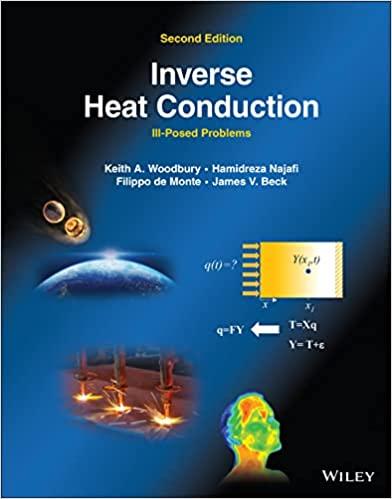Answered step by step
Verified Expert Solution
Question
1 Approved Answer
0.05mo(l)/(d)m^(3) in A and 0.07mo(l)/(d)m^(3) in B. After 2.0h the concentration of A had fallen to 0.010 mo(l)/(d)m^(3) . Calculate the rate constant k with
0.05mo(l)/(d)m^(3)in A and
0.07mo(l)/(d)m^(3)in B. After
2.0hthe concentration of A had fallen to 0.010
mo(l)/(d)m^(3). Calculate the rate constant
kwith unit
dm^(3)mol^(-1)s^(-1). Please enter your answer with 2 significant figures. Hint: this is a second-order type II reaction, find the integrated rate law in lecture note.

Step by Step Solution
There are 3 Steps involved in it
Step: 1

Get Instant Access to Expert-Tailored Solutions
See step-by-step solutions with expert insights and AI powered tools for academic success
Step: 2

Step: 3

Ace Your Homework with AI
Get the answers you need in no time with our AI-driven, step-by-step assistance
Get Started


